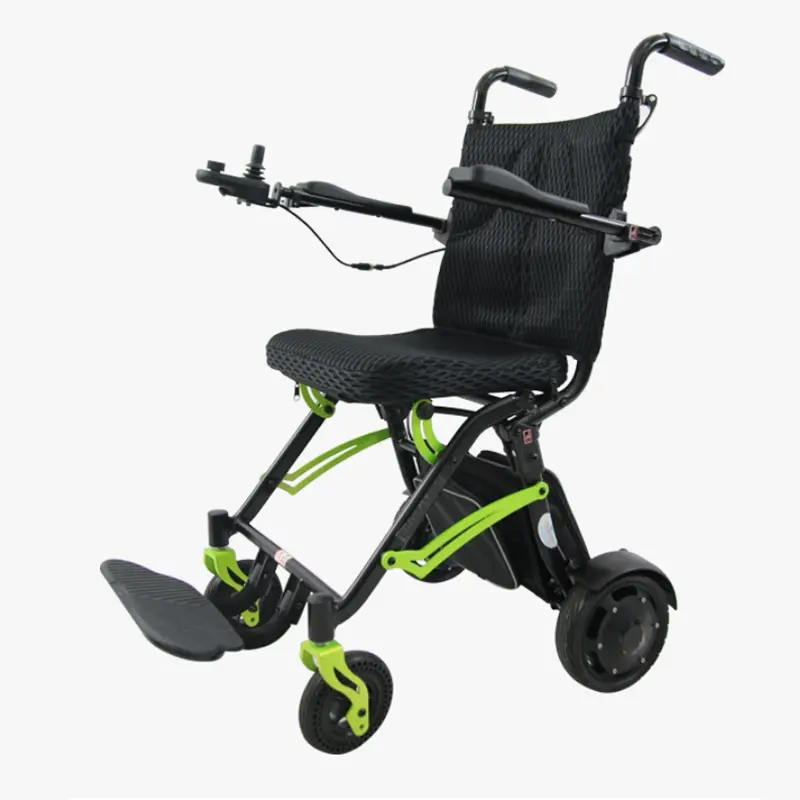Electric wheelchairs, also known as power wheelchairs, have revolutionized mobility for individuals with physical disabilities or limitations. These advanced devices offer a level of independence and convenience that manual wheelchairs cannot match. Understanding how electric wheelchairs work can provide insight into their functionality and the technology that powers them.

The Core Components
Electric wheelchairs are equipped with several key components that work together to provide smooth and controlled movement. These include:
1. Motors: The primary driving force behind an electric wheelchair is its motors. Typically, there are two motors, one for each rear wheel. These motors are powered by rechargeable batteries and are controlled by the user through a joystick or other control mechanisms.
2. Batteries: Power wheelchairs use deep-cycle batteries, which are designed to provide sustained power over extended periods. These batteries are rechargeable and can be either sealed lead-acid, gel, or lithium-ion, each with its own advantages in terms of weight, maintenance, and lifespan.
3. Control System: The control system is the interface between the user and the wheelchair. It usually consists of a joystick, but can also include sip-and-puff controls, head arrays, or other adaptive devices for users with limited hand function or mobility.
4. Frame and Seatin*: The frame of an electric wheelchair is designed to be robust and durable, often made from steel or aluminum. The seating system is crucial for comfort and support, and it can be customized with various cushions, backrests, and accessories to meet the user's needs.
How They Operate
When the user activates the control system, typically by moving the joystick, signals are sent to the wheelchair's electronic control module (ECM). The ECM interprets these signals and sends appropriate commands to the motors. Depending on the direction and intensity of the joystick movement, the ECM adjusts the speed and direction of the motors, thereby controlling the wheelchair's movement.

The motors are connected to the wheels via gearboxes, which help to transfer the power efficiently and reduce the speed to a manageable and safe level. This gearing system also helps in providing torque, which is necessary for overcoming obstacles and inclines.
Advantages and Considerations
Electric wheelchairs offer several advantages over manual wheelchairs, including greater independence, reduced physical strain, and the ability to navigate various terrains and inclines. They are also highly customizable, with options for different seating systems, control mechanisms, and accessories to suit individual needs.

In conclusion, electric wheelchairs are sophisticated mobility devices that utilize advanced technology to provide enhanced mobility and independence. Understanding their components and operation can help users and caregivers make informed decisions about their use and maintenance.
Post time: Jun-13-2024




